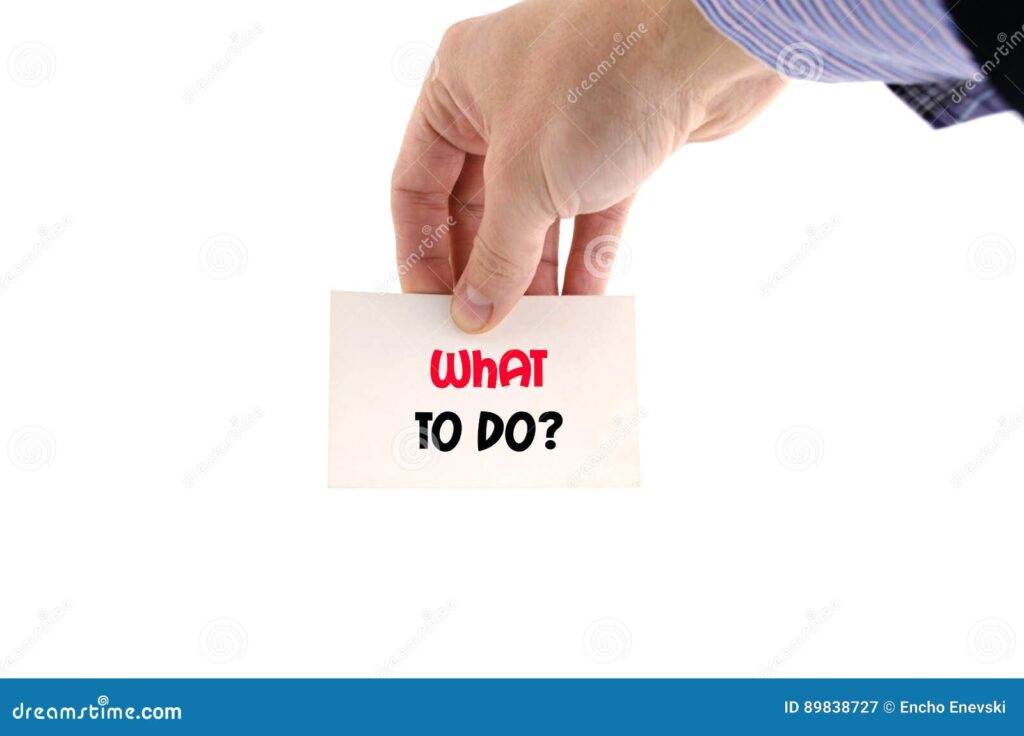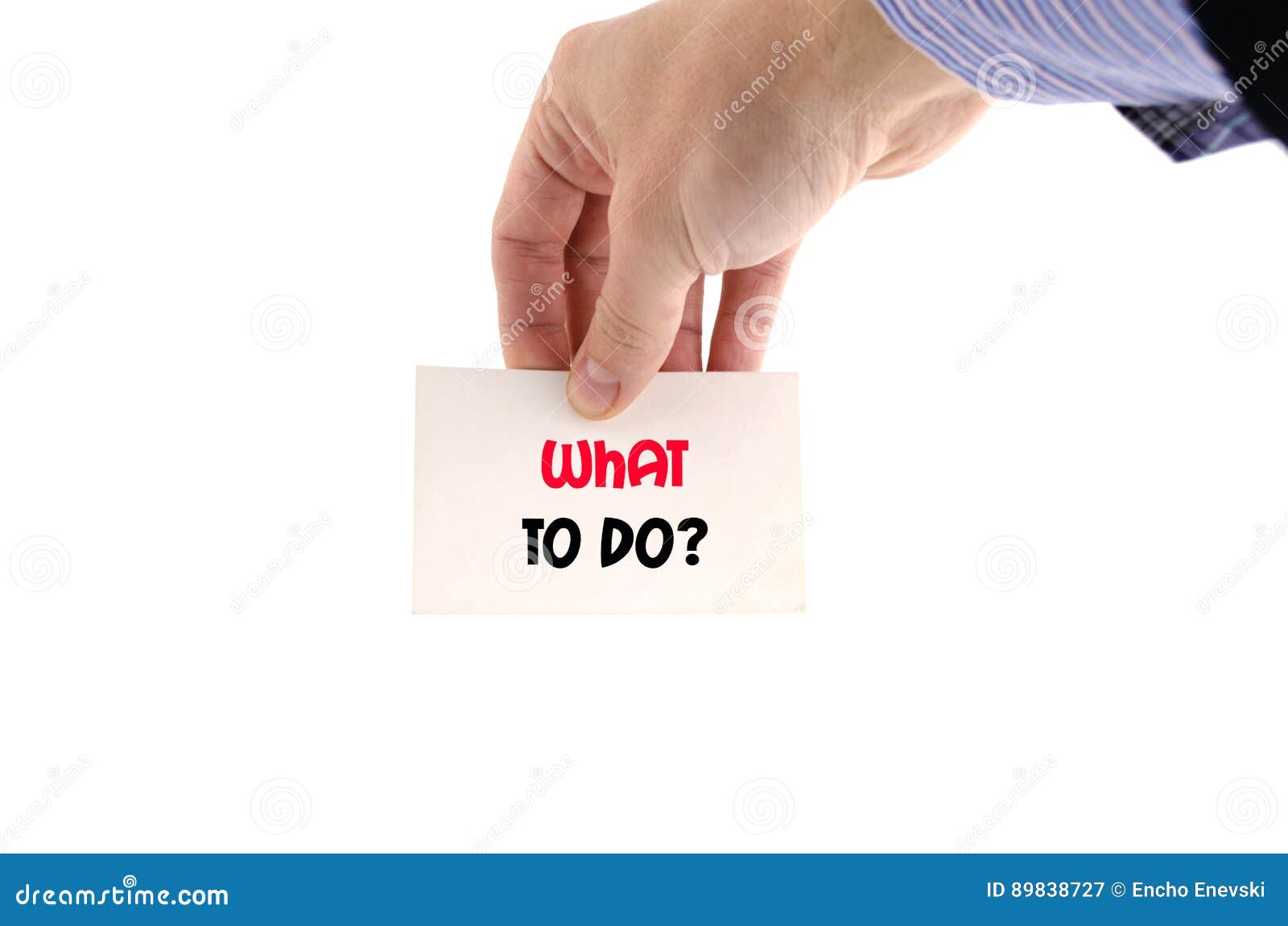
What To Do When a Medical Emergency Strikes: A Comprehensive Guide
Medical emergencies are, by their very nature, unexpected and often terrifying. Knowing what to do when a medical emergency strikes can be the difference between life and death, or at the very least, a significant improvement in the outcome. This guide provides a comprehensive overview of how to react calmly and effectively in various medical emergency situations. It’s crucial to remember that this information is not a substitute for professional medical advice, but rather a tool to help you navigate the initial critical moments.
Recognizing a Medical Emergency
The first step in responding to a medical emergency is recognizing that one exists. This might seem obvious, but sometimes the signs can be subtle, or people may be reluctant to acknowledge the severity of the situation. Key indicators of a medical emergency include:
- Loss of consciousness or unresponsiveness.
- Difficulty breathing or shortness of breath.
- Chest pain or pressure.
- Severe bleeding that won’t stop.
- Sudden weakness or paralysis, especially on one side of the body.
- Seizures.
- Severe burns.
- Head trauma with loss of consciousness, confusion, or vomiting.
- Sudden, severe headache.
- Allergic reaction with difficulty breathing, swelling of the face or throat, or hives.
If you observe any of these signs, it’s crucial to act quickly. Delaying action can have serious consequences.
The First Critical Steps: Assessing and Acting
Once you’ve recognized a potential medical emergency, follow these steps:
- Ensure Your Safety: Before approaching the person in need, make sure the environment is safe. Are there hazards like traffic, fire, or unstable structures? Protect yourself first to avoid becoming another victim.
- Assess the Situation: Quickly evaluate the person’s condition. Are they conscious? Are they breathing? Do they have a pulse? Look for obvious injuries or signs of distress.
- Call for Help: Immediately call your local emergency number (e.g., 911 in the United States, 112 in Europe, 000 in Australia). Provide the dispatcher with as much information as possible, including your location, the nature of the emergency, and the person’s condition. Do not hang up until instructed to do so.
- Provide Basic Life Support: If the person is not breathing, begin CPR if you are trained. If they are choking, perform the Heimlich maneuver. Control any bleeding by applying direct pressure to the wound.
Remember, even if you’re not a medical professional, your actions can make a significant difference. Follow the dispatcher’s instructions and continue providing care until emergency medical services arrive.
Specific Emergency Scenarios and What To Do When a Situation Arises
Different medical emergencies require different responses. Here’s a breakdown of what to do when a specific situation occurs:
What To Do When a Person is Unconscious
If someone is unconscious, check for breathing and a pulse. If they are breathing, place them in the recovery position (lying on their side with their head tilted back to keep the airway open). If they are not breathing, begin CPR.
What To Do When a Person is Choking
If someone is choking and cannot speak, cough, or breathe, perform the Heimlich maneuver. Stand behind the person, wrap your arms around their waist, make a fist with one hand, and place it just above their navel. Grasp your fist with your other hand and thrust inward and upward quickly. Repeat until the object is dislodged or the person becomes unconscious. If the person becomes unconscious, begin CPR.
What To Do When a Person is Having a Heart Attack
Signs of a heart attack include chest pain or pressure, shortness of breath, sweating, nausea, and pain radiating to the arm, jaw, or back. If you suspect someone is having a heart attack, call emergency services immediately. Have the person sit or lie down and loosen any tight clothing. If they are prescribed nitroglycerin, help them take it. Be prepared to perform CPR if they become unconscious.
What To Do When a Person is Having a Stroke
Remember the acronym FAST: Face, Arms, Speech, Time. If the person’s face is drooping, they have weakness in one arm, or their speech is slurred, they may be having a stroke. Note the time the symptoms started and call emergency services immediately. Every minute counts when it comes to stroke treatment.
What To Do When a Person is Having a Seizure
Protect the person from injury by clearing the area of any sharp or dangerous objects. Do not restrain the person or put anything in their mouth. Time the seizure. Once the seizure stops, check for breathing and stay with the person until they are fully recovered. If the seizure lasts longer than five minutes, or if the person has multiple seizures in a row, call emergency services.
What To Do When a Person Has a Severe Allergic Reaction (Anaphylaxis)
Signs of anaphylaxis include difficulty breathing, swelling of the face or throat, hives, and dizziness. If the person has an epinephrine auto-injector (EpiPen), help them administer it. Call emergency services immediately, even if the epinephrine seems to improve their condition. Anaphylaxis can be life-threatening.
What To Do When a Person is Bleeding Severely
Apply direct pressure to the wound with a clean cloth. If possible, elevate the injured limb above the heart. If the bleeding doesn’t stop after several minutes of direct pressure, apply a tourniquet above the wound. Call emergency services.
The Importance of First Aid and CPR Training
While this guide provides a basic overview of what to do when a medical emergency occurs, it’s essential to receive formal training in first aid and CPR. These courses provide hands-on experience and teach you the skills you need to respond effectively in a crisis. Many organizations, such as the American Red Cross and the American Heart Association, offer these courses regularly. Investing in this training can empower you to save a life.
[See also: Basic First Aid Techniques]
Staying Calm Under Pressure
One of the biggest challenges in a medical emergency is staying calm. Panic can cloud your judgment and make it difficult to think clearly. Here are some tips for staying calm under pressure:
- Take a Deep Breath: This simple act can help slow your heart rate and clear your head.
- Focus on the Task at Hand: Concentrate on the steps you need to take to help the person in need.
- Remember Your Training: If you’ve taken first aid or CPR training, trust your knowledge and skills.
- Don’t Be Afraid to Ask for Help: Enlist the assistance of others nearby. They may be able to call for help, gather supplies, or provide emotional support.
Prevention is Key
While you can’t prevent all medical emergencies, there are steps you can take to reduce your risk. These include:
- Maintaining a Healthy Lifestyle: Eat a balanced diet, exercise regularly, and avoid smoking.
- Knowing Your Medical History: Be aware of any pre-existing conditions and take your medications as prescribed.
- Taking Precautions: Wear a seatbelt when driving, use protective gear when participating in sports, and be aware of potential hazards in your environment.
- Having a Medical Emergency Plan: Discuss potential emergencies with your family and create a plan for how to respond.
The Emotional Impact of Responding to a Medical Emergency
Responding to a medical emergency can be a traumatic experience. It’s important to acknowledge the emotional impact and seek support if needed. Talk to friends, family, or a mental health professional about your feelings. Remember that it’s okay to feel overwhelmed or distressed after witnessing a medical emergency. Self-care is crucial during this time.
Conclusion: Being Prepared Makes All the Difference
Knowing what to do when a medical emergency strikes is a vital life skill. By understanding the signs of an emergency, following the correct procedures, and staying calm under pressure, you can make a significant difference in the outcome. Invest in first aid and CPR training, create a medical emergency plan, and prioritize your own well-being. Being prepared is the best defense against the unexpected.
Ultimately, understanding what to do when a crisis unfolds empowers you to act decisively and potentially save a life. It’s about being proactive, informed, and ready to respond with confidence. Remember, the knowledge you gain and the skills you develop can make all the difference what to do when a critical moment arrives. By being prepared and informed on what to do when a situation happens, you can contribute to better outcomes during medical emergencies. Knowing what to do when a person needs help is an invaluable skill set. This guide has hopefully equipped you with a clearer understanding of what to do when a medical emergency unfolds. Remember to refresh this knowledge periodically. Knowing what to do when a medical crisis emerges could save lives. So, what to do when a medical emergency presents itself? Now you have a better idea. Always remember the basics of what to do when a health related crisis happens. Be prepared on what to do when a medical emergency strikes. Being knowledgeable regarding what to do when a medical crisis is crucial. Preparing for what to do when a medical issue happens is worthwhile. And finally, knowing what to do when a medical emergency arises is empowering.

